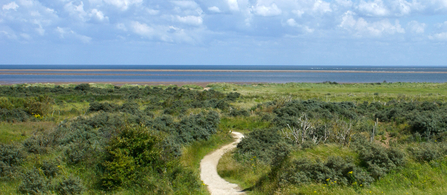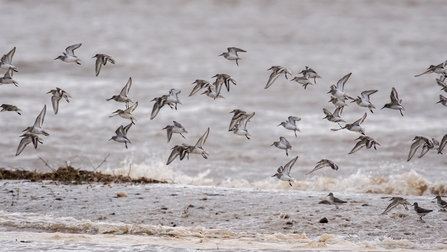We have over 90 nature reserves across Lincolnshire and each reserve has its own assemblage of wildlife. We work incredibly hard to ensure our reserves are safe spaces for wildlife and we want to keep it that way. Therefore, we do not permit the use of public drones on our reserves at any time.
However, we recognise that drones can be an incredibly valuable tool when used within nature reserve conservation, such as for habitat mapping or viewing management on a landscape scale. Therefore, on occasion they may be used on our reserves but they will only be operated by licensed pilots. Before being used, our knowledgeable and experienced reserve teams will take a number of factors into consideration, such as breeding times and they will only be used when absolutely necessary.
Not only can the use of unauthorised drones cause major disruption to wildlife but it can impact on our visitor experiences. We want everyone to be able to visit our reserves and experience how special they are.



